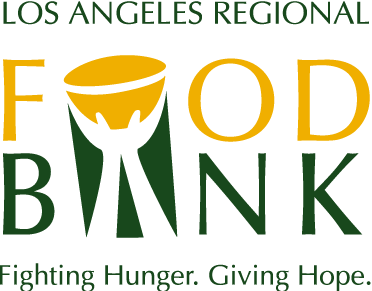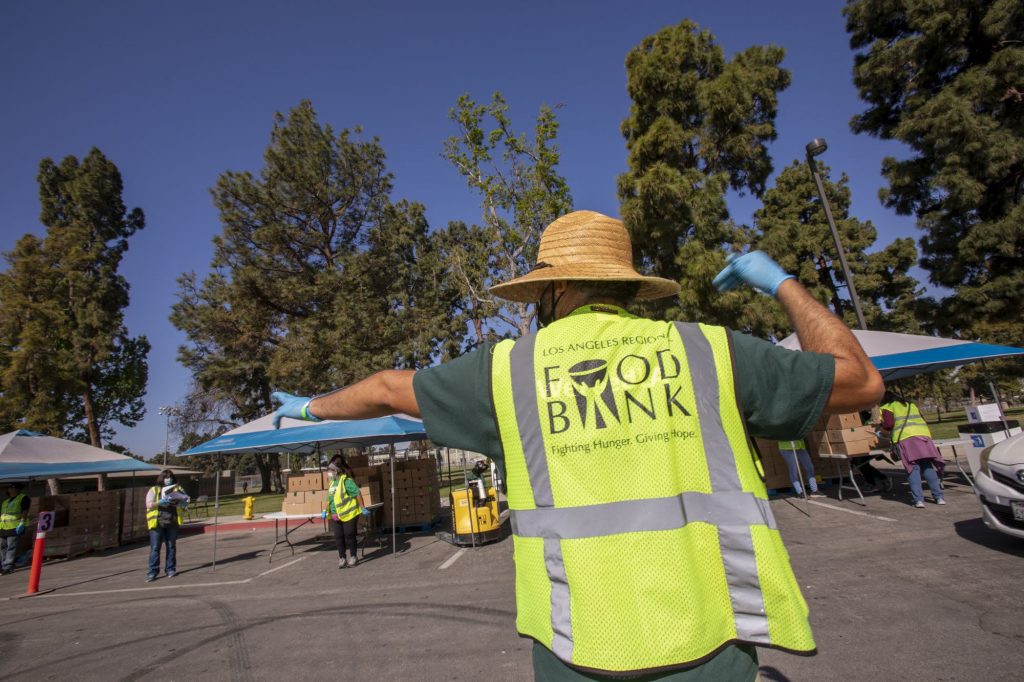Celebrate Earth Day with the Food Bank by Reducing Food Waste
Celebrate Earth Day with the Food Bank by Reducing Food Waste
Learn about the Food Bank and how you can make a difference in your community
Did you know nearly 40 percent of the food supply is wasted in the United States? The average American adult wastes approximately $2,000 annually on food that never gets eaten. Additionally, according to the Los Angeles County Sanitation Districts, 4,000 tons of food waste are generated every day.
At the LA Regional Food Bank, 4,000 tons of food could be the equivalent of nearly 6,000 meals destined for individuals and families in need. On Earth Day, consider learning about the ways the Food Bank is helping reduce food waste and how you can make a difference.
How the Food Bank Helps Reduce Food Waste
Food Rescue
The Los Angeles Regional Food Bank helps to reduce food waste by rescuing surplus food that would otherwise time out and end up in a landfill. When food ends up in landfills, it can significantly impact the environment. As food waste decomposes, it releases methane, a potent greenhouse gas contributing to climate change. Methane is estimated to be 25 times more powerful than carbon dioxide in terms of its heat-trapping effects. Additionally, food waste buried in landfills can generate liquid waste or leachate, contaminating soil, and water resources if not managed properly. Landfill space is also finite, and as food waste accumulates, it can contribute to the need for more landfills and the associated environmental impacts of developing and maintaining them. By rescuing and redistributing surplus food, the Food Bank helps reduce the amount of food in landfills, which can have significant environmental benefits.
While the LA Regional Food Bank’s primary goal is to rescue food and redirect it while it is still perfectly good to those in need, if food is not eatable, much of it can be turned into animal feed or biodiesel fuel.
The Food Bank’s new City of Industry warehouse will help serve more individuals struggling with food insecurity, and give the Food Bank the opportunity to rescue more food. The warehouse will include the S. Mark Taper Foundation Food Rescue Center where volunteers will glean and sort donated food, preventing perfectly good nutritious food from becoming food waste.
Extra Helpings
The Food Bank created the Extra Helpings Program over 20 years ago as a food recovery program that aims to reduce food waste and provide nutritious food to those in need.
Through this program, the Food Bank works with local grocery stores, restaurants, and other food retailers to collect excess food that would otherwise go to waste. This includes items such as fresh produce, meats, dairy, and bakery items that are still safe and edible but are no longer sellable due to overstocking or nearing their sell-by date. The collected food is then sorted and picked up by participating Food Bank partner agencies.
In 2022, the Extra Helpings Program rescued 25.4 million pounds of food from 500 food donors. Through this program, individuals and families are able to receive healthy food that is still edible, and that they may or may not be able to purchase at the grocery store, and at the same time, helping reduce food waste.
Starbucks FoodShare
The Food Bank, a member of the Feeding America® network, is one of the participating food banks in the Starbucks FoodShare program. Since 2016, Starbucks has helped to provide more than 50 million meals to people facing hunger through this program.
- RELATED: Feeding the Community that Saved Him
The Food Bank has worked with Starbucks to collect food items that have to be pulled off the shelf due to overstock or items nearing the sell-by date, which are then taken to the Food Bank for sorting. These items are at the Food Bank’s warehouse for less than a day as these items are then redistributed to partner agencies for distribution, helping feed individuals and families in need, and at the same time, eliminating food waste.
It’s Your Turn to Take a Stand Against Food Waste
When going to the grocery store, or eating out at a restaurant, some people may think that the food they are getting can be consumed by the expiration date. However, much of this food ends up in the trash. Growing and raising food is a very energy and water-intensive project, and discarded food creates greenhouse gases harmful to our environment. Thousands of tons go to waste yearly from uneaten food, both at home and when dining out.
Help the environment and fight hunger at the same time. If you are in a position to do so, consider donating to the Food Bank this Earth Day and making a difference in your community.





